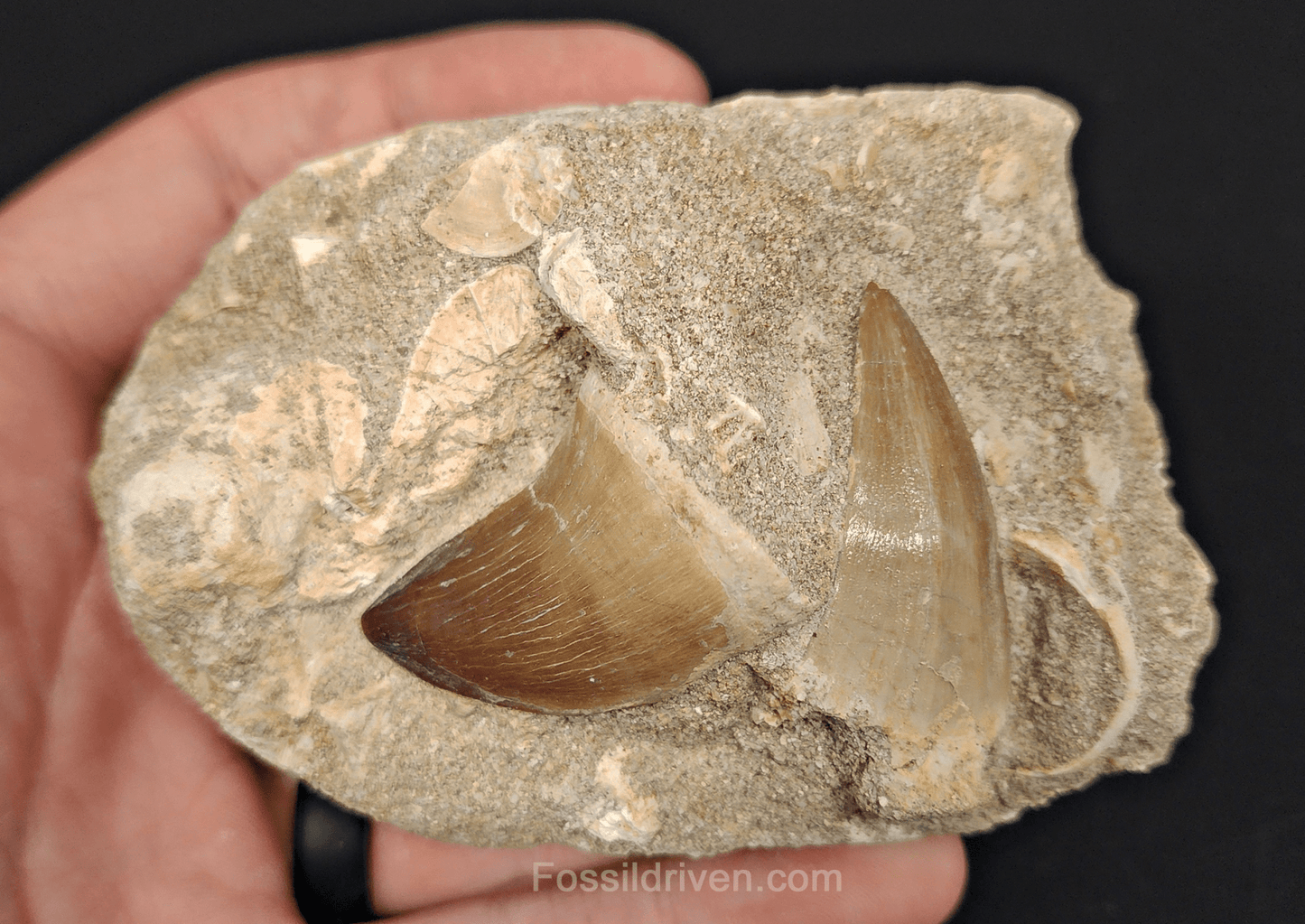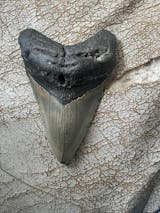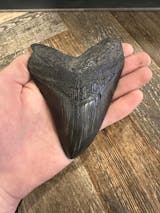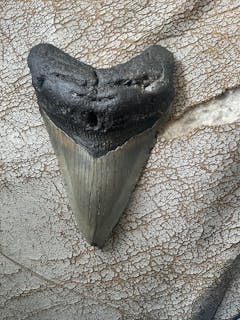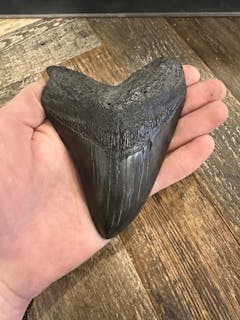It is a Christmas gift , but I know my daughter will love it .
Awesome tooth, way cooler than expected. The whole experience was great with fossil driven, highly recommend!
On vacation at Orange Beach, Alabama several years ago, they had very large Maga tooth locked inside a case with 2 other smaller ones. With 6 members of my family, I went around that big shop at least 10 times buying my grandchildren every thing they wanted. And every time I stopped to look at those teeth. Finally, I had a clerk to unlock it. When I held them in my hands, bought them all. I still remove them one of my safes and check them out. I saw your page and knew I wanted more. Looking for a large carry/display case for them. But I know I’m going to add more. Christmas might slow me down, but I intend to make my collection larger. I have about a dozen now. I look at your offerings each day. So far, your customer service has been great. Thank you for prompt delivery. We will become very known to each other! James. Evans
I bought a large spinosaurus tooth and a polished mammoth tooth slice for my grandson to open on Christmas. Both were protectively wrapped, intact and perfect. Display cases and information cards are included. He’s a budding paleontologist and these will be a great addition to his collection. Fossil Driven iis a great company to do business with. Customer service is very good!


